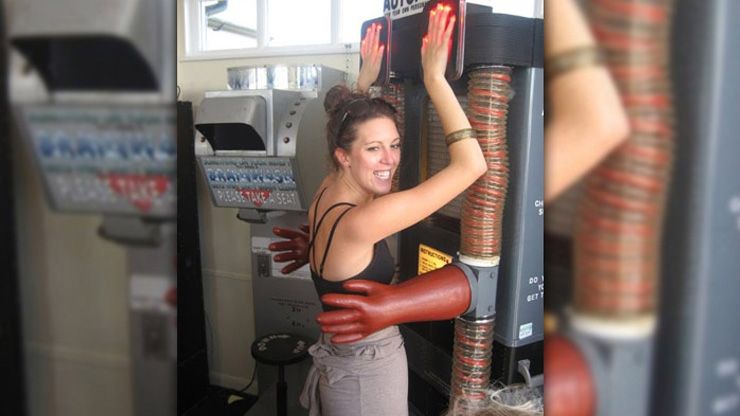You could be surprised when you find yourself stopped by a security guard at the airport for carrying a liquid. However, it should not be a cause for alarm.
Thousands of travelers have had the same experience in different airports.
It's your duty as a traveler to adhere to specific rules for your safety. A ban on flying with liquids was placed worldwide following incidences that occurred and posed a threat to human life.
Incidences Following the Ban
In 2015, a Chinese woman at the Beijing Airport failed to surrender her bottle of Cognac and instead opted to drink it at once. She became too drunk to go onboard, which required the intervention of the paramedics.
A case, in Manchester Airport in 2018, reported a thirteen-year-old girl who was not allowed to bring her insulin on the plane. The security officer told her that her medicine might cause the aircraft to crash, which moved the young girl close to tears. She was requested to unpackage her insulin from the sealed container into different bags.
In 2009, a UK man couldn't fly because of his bottle of water, yet he also possessed a six-inch serrated knife which the security guards did not see as a threat. This brings up the question of why a bottle of water would pose more danger than a knife.
The three people had something in common, which was neither alcohol or medicine or even a dangerous weapon. All they had were over 100 milliliters of a liquid substance.
Inclusives in the Ban
The American Transportation Security Administration, along with the UK Civil Aviation Authority, has put in place a rule that any carry-on liquids or gels have to be stored in a 100-milliliter container and put in a transparent plastic bag.
Therefore, it means that food items such as alcohol, soups, syrups, and smoothies that exceed 100 milliliters are not allowed on board. It comes as a struggle for flyers as items such as takeaways like jumbo juice tops off at 450 milliliters while the smallest drink from Starbucks fills up to 236 milliliters. In most places as well, the most miniature bottle of water goes up to 120 milliliters.
Other items that are part of the ban include toiletries such as shampoos, toothpaste, mouthwash, and other self-care products. An interesting fact is that if you have a shampoo that is less than 100 milliliters in a 300 milliliters container, you still can't bring it on board. Aerosols and deodorants are also part of the ban.
However, several items are exclusive of the ban, such as breast milk, pet fish, and gel-filled toys.
Why Is This an Issue?
You must be wondering why the authorities go through all this to make flying more hectic than it already is. Simple; security!
All these measures are a consequence of the 2006 Trans-Atlantic aircraft plot. A terrorist group planned a sophisticated attack that targeted flights from the United Kingdom to Canada and the United States.
From the surveillance obtained from British intelligence, they were caught purchasing and recycling several chemical bottles and drink cans. It raised an eyebrow, which led to a search of their property, unveiling a bomb factory.
After investigations, they made a discovery that the group planned to fill the soda cans and bottles with hydrogen peroxide and, after that, use powdered orange to make it look like a typical drink. They would then team up on different flights and proceed to combine their mixture with hair bleach that would set off the explosive.
This incident resulted in canceling of all flights, and in the days that followed, carry-on luggage was strictly limited.
However, the ban has not entirely barred terrorists. Other incidents occurred, for instance, in 2014, where the Russian authorities reported a woman who attempted to fly a mixture of explosives on her hand cream, presumably to attack the Olympics.
How Effective Are These Measures?
Experts have come up to rule out the effectiveness of these measures. They go ahead to say that some explosives don't require more than 100 milliliters of a liquid mixture. Also, some of these liquids are there in the airport's duty-free products such as shampoos, shaving creams, and sprays, and they can also be combined to form an explosive.
Presumed Changes
The authorities are working on an X-ray machine that would be able to detect harmful liquids in luggage and on passengers. Besides, duty-free zones in all airports offer security approved packaging and products that one can buy before getting on board.
Also, regulations are loosening up concerning carry-on medicine. Therefore, keep in mind that even though the rules are changing, you should keep your liquids at home.


